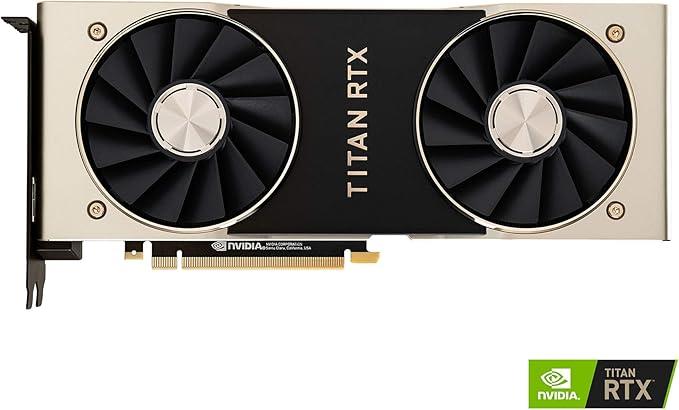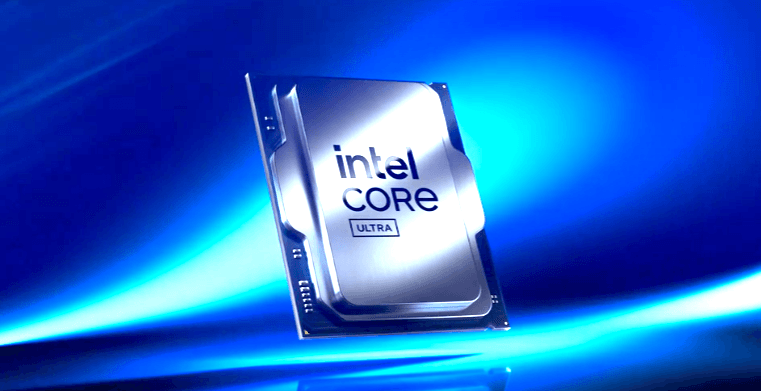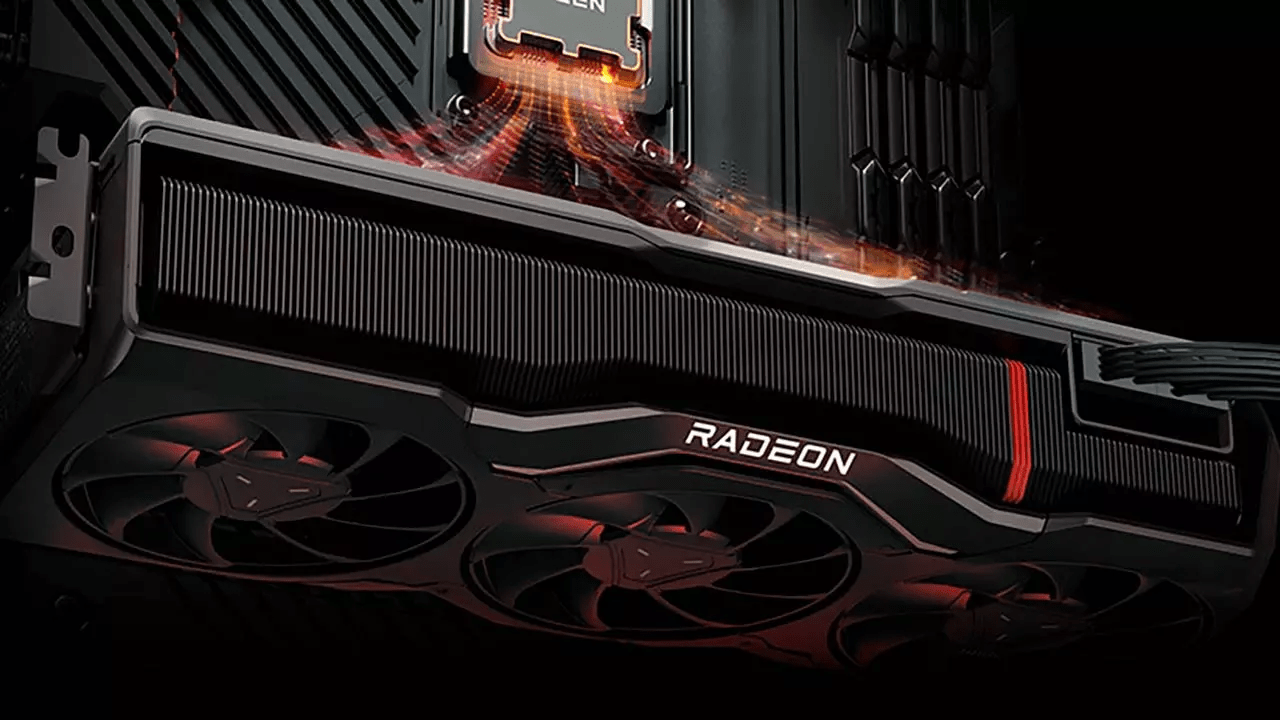Rumors are that Nvidia is preparing a new Titan GPU based on its upcoming Blackwell architecture. The name Titan itself for many tech enthusiasts and gamers out there usually spelled ultra-high performance; it was the maximum level a GPU could offer in performance. This rumored Blackwell-based Titan promises to continue this legacy and, who knows, might set new standards for gaming and professional workloads.
This post will expand upon some of the potential features, explore specifications, and its impact, all gathering clues from currently circulating industry rumors combined with Nvidia’s history on the Titan series.

What is Blackwell Architecture?
Before getting into the juicy details of the Titan GPU, one needs to actually understand what it’s based on, and that’s the Blackwell architecture. It is allegedly named after David Blackwell, a noted mathematician and statistician. In its vocabulary, the Nvidia Blackwell architecture refers to the upcoming next-generation architecture succeeding the current Ada Lovelace architecture powering the RTX 40 series.
Official details are few and far between for Blackwell, but performance efficiency improvements and added AI are expected to be making some serious strides forward. Rumored features include:
- Advanced Process Node: Nvidia could apply TSMC’s 3nm process to Blackwell, making it more power-efficient and higher in transistor density.
- Improved Ray Tracing: Much faster RT cores, achieving even more realistic and better lighting, shadows, and reflections in games and simulations.
- AI Enhancements: Next-generation Tensor Cores for accelerated AI-based workloads, very much needed in not just gaming but also rendering and data science.
- Increased Memory Bandwidth: GDDR7 memory could make its first appearance with Blackwell, drastically changing memory bandwidth for ultra-high-resolution textures and huge datasets.
This quite strongly suggests that Blackwell will be an architectural game-changer, at least if it’s a Titan GPU.
What a Titan GPU Based on Blackwell Architecture Can Have
The Titans GPUS from Nvidia have always been a marriage of performance not only in polygons and floating point calculations for gaming but professional workloads. Let’s now see what we could expect from a Blackwell-based Titan:
1. More Unprecedented Compute Power
The Titan series has always sported more CUDA cores than its GeForce brethren. With Blackwell, we may see a GPU sporting upwards of 20,000 CUDA cores, making it a most powerful piece of hardware for both ultra-high resolution gaming and compute-intensive applications such as deep-learning, scientific simulations, and 3D rendering.
2. Massive VRAM Capacity
Previous Titan GPUs, and VRAMs have of massive amounts are attached, considering professionals who might need to carry out large datasets or handle huge amount of high-resolution textures in real-time. Blackwell-based Titan could come up with 48GB or maybe 64GB of GDDR7 VRAM, and this will just be the right amount of memory to have to carry on with any of the tasks that you throw at it.
3. Enhanced Ray Tracing and AI Performance
Blackwell’s advanced RT and Tensor cores meant that the upcoming Titan GPU was likely to deliver a ray tracing performance that was a few times over today’s RTX 4090. Other AI-based features, such as DLSS, may also get improvements in performance and quality.
4. Enhanced Cooling and Power Efficiency
Heat and power consumption are two of the biggest challenges for high-performance GPUs. Nvidia has gradually updated its cooling solutions over several years, and it is expected that the Blackwell, based on Titan, would follow in these footsteps, having a more efficient cooling design, with even liquid cooling options, for the enthusiastic lot among us all. It is also expected that the change to the 3nm process would boost power efficiency, with a large TDP in the range of 450W or more.
5. Professional and Gaming Dualism
The tradition would require catering to professional use as well as gaming. This could well be the ultimate 4K, if not 8K, gaming card. For professionals, the Titan would offer the kind of performance that just cannot be matched in AI training, scientific simulations, and other such compute-heavy applications. With such drivers, one could expect zero compromises on stability and reliability when it comes to mission-critical tasks.
Why the Titan Series Still Matters
The Nvidia Titan has always been something special under its lineup. While the GeForce cards, like the RTX 4090, are oriented mostly to gaming, the Titan series moves between both the gaming and professional markets. This dual-nature feature of the Titan makes it attractive for many other needs apart from those requiring extreme performance.
For gamers, the Titan is untouchable, being able to run the most recent games to date at high settings and resolutions, while the compute power it offers is a blow from the heavens for professionals working with AI training, 3D rendering, and data science—most often outperforming workstation-class cards.
Price Expectations
Given the Titan is a top-of-the-line, dual-role GPU, the price will be high. The last Titan, the Titan RTX, was priced at $2,499 at launch. Blackwell-based Titan pricing could easily be the same or higher, possibly in the excess of $3,000, if it is paired with 48GB or more GDDR7 VRAM and other innovative features.
Though this price point will put it out of reach for most, professionals and enthusiasts who need the absolute peak of performance might just find the investment worthwhile.
Conclusion
Nvidia’s Titan GPU, based in Blackwell, is really entering the heavyweight class, merging gaming with professional computation. Features such as huge CUDA core counts, extensive VRAM, and advanced ray tracing mixed with AI capabilities are rumored to determine the final benchmark of the GPU market.
For those who want the very best—whether one needs it strictly for gaming or professional work or a combination of the two—the Blackwell-based Titan would be a solution aimed at them. With great power, of course, comes great cost, so this GPU will likely feature a premium price to match.
With all these announcements yet to become official, the suspense rises. Be it for gamers who want to future-proof their rigs or for professionals who want to try and squeeze out the best performance for their workloads, the Blackwell-based Titan GPU is going to be something to watch. Stay tuned for more updates as Nvidia reveals more about this exciting new addition to the Titan family.












Leave a Reply